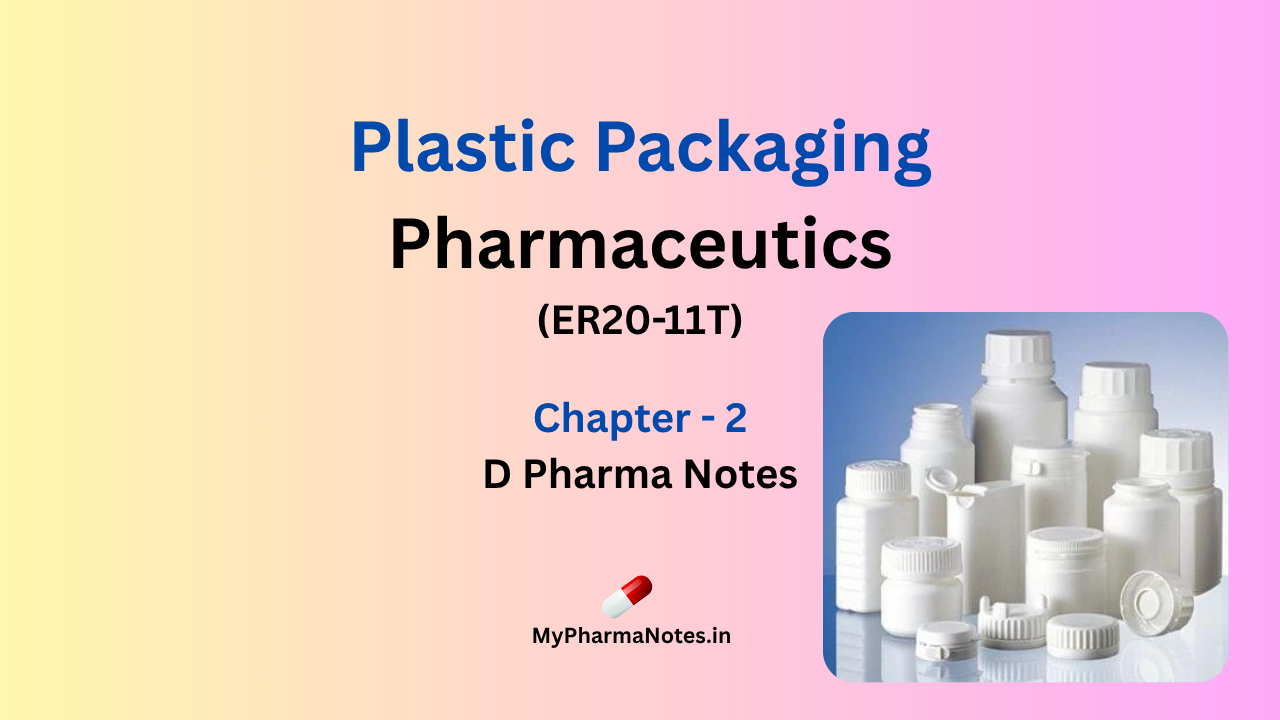Table of Contents
Definition of Plastic Packaging
Plastic packaging for pharmaceutical products is made from plastics based on the following polymers:
- polyethylene (low or high density),
- polypropylene.
- polyvinyl chloride.
- polystyrene.
- lesser extent of polyethylene terephthalate.
The containers consist of one or more polymers together with certain additives if necessary. They should be manufactured from materials that do not include in their composition any substances that can be extracted by any contents in such quantities so as to alter the efficacy or stability of the product or to present a toxic hazard.
Additives may consist of antioxidants , lubricants, plasticizers and impact modifiers but not antistatic agents and mould release agents.
Advantages of plastic packaging
- It is flexible in nature so it cannot easily breakable.
- Due to less weight than the glass it is easy to transport and handling.
- Verity of shape and size are available according to our convenience.
- The high versatility of plastic allows for ease of reuse and recycling. In fact, these days’ companies are creating specialized plastic bag making machines that help you optimize on the recyclability of plastic.
- The durability offered by plastic packaging also allows manufacturers to print eye-catching, high-quality custom designs, and thereby increase product visibility in a retail setting.
Disadvantages of plastic packaging
- Plastics are highly sensitive for light so it is easily effects by heat
- It is easily reacts with the products materials and alters the products physical and chemical properties.
- It is not easily degrades by the nature, so it shows harmful impacts on the environment and health.
- Plastics show the poor longevity and poor printing.
